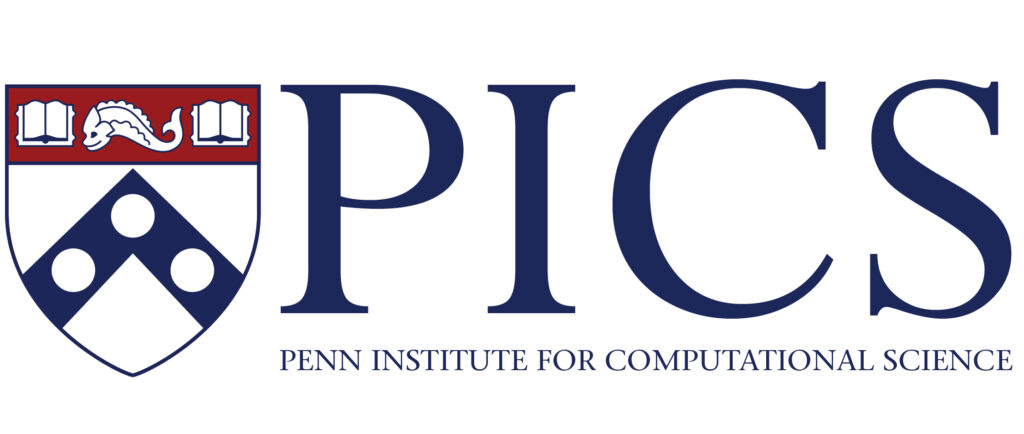Two PICS students and Chemical and Biomolecular Engineering PhD students, Jeongmoon Choi and Kshitiz Parihar, will be presenting CBE Fourth Year Seminars this Friday, March 1st.
Jeongmoon Choi Fourth Year Seminar
Jeongmoon Choi’s fourth year seminar, titled, “Identifying Ice-Philic Patches to Inform the Ice Binding Sites of Antifreeze Proteins,” will be held in Towne 225 at 12:30 PM. Jeongmoon is advised by Dr. Amish Patel. The abstract can be found below:
“Creatures living in cold environment have developed unique strategies to survive. One of their tactics is to evolve antifreeze proteins (AFPs) which lower the freezing temperature by binding to ice. AFPs bind to ice through specific regions on their surface known as ice binding sites (IBS). Each AFP has its own IBS which binds to specific ice planes. Identifying IBS is crucial for understanding how AFPs bind to ice.
Here, we use specialized molecular simulation wherein an external potential is used to stimulate ice formation in the AFP hydration shell. We find that the most ice-philic AFP regions, where ice nucleates most readily in response to the external potential, display a strong correspondence with the experimentally determined IBS (using site-directed mutagenesis). In addition to identifying the IBS, our specialized simulations also shed light on ice polymorph and facet that optimally binds the AFP IBS.”
Kshitiz Parihar Fourth Year Seminar
Kshitiz Parihar’s fourth year seminar, titled, “Mechanointelligence driving tumor progression through extracellular vesicles,” will be held in Towne 225 at 12 PM. Kshitiz is advised by Dr. Ravi Radhakrishnan. The abstract can be found below:
“Cellular function, normal or pathological, is influenced by physical interactions with the surrounding microenvironment. A drastically remodeled microenvironment accompanies tumorigenesis in solid cancers. Altered mechanics, such as stiff extracellular matrix (ECM), is an essential characteristic of the tumor microenvironment. Cancer cells respond to changes in ECM by altering their physical properties such as spread area, shape, cell stiffness, and motility. However, the regulatory signaling network mediating a cell’s response to external ECM-based stimuli in terms of altered cellular mechanics remains incomplete. We use a pan-cancer mechanobiology dataset to characterize the mechanical behavior of cells across different ECM conditions using an unsupervised learning framework.
We further identify, using proteomics data, the underlying key proteins that modulate the differing cellular behaviors using bioinformatics analysis. Our multi-assay study thus reveals the signature of mechano-sensing by cancer cells which can be important for establishing mechano-biological factors in malignancy. One such key factor is secretion of extracellular vesicles (EVs) which have been noted to orchestrate several cancer hallmarks. Emerging evidence suggests that mechanical cues from ECM can modulate the content and quantity of exosomes secreted. Exosomes are nanosized EVs produced through the endocytic pathway (involving inwards budding of endosomal membrane to form multivesicular endosomes, MVEs) and secreted via exocytosis.
We propose a two-pronged modulation of exosome production by mechanobiology-based regulatory axes hijacked in solid tumors. First, combining insights from the multi-assay study described above, live-cell tether experiments and a mesoscale membrane model, our results suggest an ultrasensitive response of vesicle nucleation induced by curvature-inducing proteins to changes in cortical tension.
This highlights the biophysical effect of ECM stiffness, mediated by cortical tension, in vesicle biogenesis. Second, the mechanosensitive signaling pathway that involves Akt-Rabin8-Rab8 in directing MVE transport to the cellular membrane for exosome release is incorporated using an ODE model. Predictions of change in exosome secretion quantified as the combination of formation (mechanistic biophysical model) and trafficking (Akt-Rabin8-Rab8 signaling model) of MVEs agree with the experimentally observed changes in exosome amount as the matrix stiffens.”
